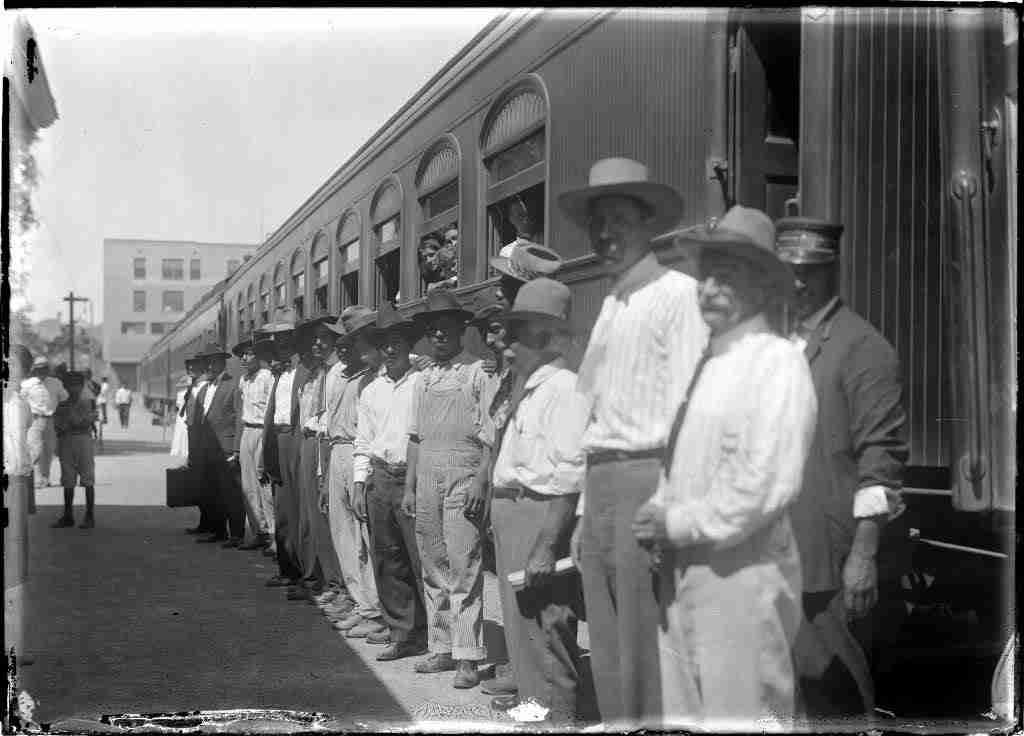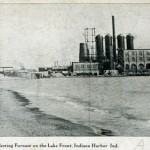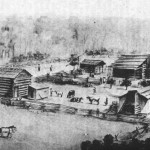As a result of the Mexican Revolution, around 890,000 Mexicans legally immigrated to the US between 1910 and 1920.
In the 1920s, Mexican migrants began to move to the Calumet region of northwestern Indiana in large numbers, seeking jobs in the steel plants along Lake Michigan. Forced by discriminatory housing practices to live within crowded neighborhoods near industrial sites, Mexicans formed their own colonias and worked together within these communities to solve problems.
One colonia grew up in Indiana Harbor within a few blocks of the East Chicago Inland Steel works. Working in dangerous conditions, forced to navigate from their living quarters “interspersed among a maze of railroad tracks and streetcar lines,” many men were injured or killed, and their families were left with no way to pay medical or funeral bills.
Mexican migrants began to form their own fraternal benefit societies, already popular in their native country. One of the largest and most successful of these societies was Indiana Harbor’s Mutual Aid Society Benito Juárez. For a modest monthly membership fee, families could receive help with medical bills and household expenses if the family wage earner fell ill or was injured; death benefits helped members pay funeral costs; and members could also receive help from the society if they faced legal problems. In addition, classes were offered to instruct recent migrants about U.S. laws, including the necessity of obtaining a driver’s license in order to drive a vehicle.
As migrants became more established in their communities, societies also began to fund and promote projects which celebrated Mexican culture. The MSBJ and other societies sponsored parades, dances, and concerts which celebrated important Mexican holidays, including Cinco de Mayo, Mexican Flag Day, and Mexican Independence Day. Societies also cooperated with each other to sponsor charitable fundraisers, and they reached out to local politicians, school administrators, and others on behalf of the Mexican community.
In the 1920s and 1930s, dozens of Mexican fraternal aid societies were spread throughout working class neighborhoods of the Calumet region. As government safety-net programs and private insurance became more widespread, many of the societies disappeared. Larger ones, like the MSBJ of East Chicago, merged together in the 1940s and 1950s.
Today the Union Benéfica Mexicana continues to promote Mexican American culture throughout northwestern Indiana and the Chicago region.
Source: Eva Mendieta, “Celebrating Mexican Culture and Lending a Helping Hand,” Indiana Magazine of History, December 2012
A Moment of Indiana History is a production of WFIU Public Radio in partnership with the Indiana Public Broadcasting Stations. Research support comes from Indiana Magazine of History published by the Indiana University Department of History.























